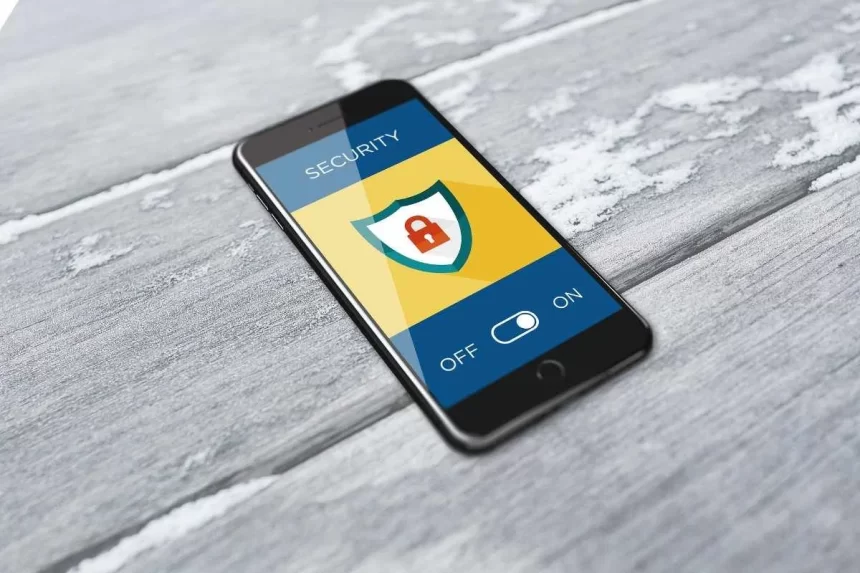No one disagrees that our online data needs to be secured. About 1.9 billion documents are revealed from January to March 2019. Although companies were the most frequently hacked, the victims of fraudsters were also the educational and medical institutions. The stolen data included names, passwords, addresses, and credit card numbers, in addition to confidential medical information.
Those trying to wreak havoc on your accounts had plenty of details at their fingertips to make them succeed. It was estimated three years ago that one in 15 people would be a victim of identity theft. That’s expected to increase, of course.
What can be done to curb online fraud growth? Many companies, institutions, and agencies are resorting to biometric authentication to identify individuals. Companies have been working for the last few years to develop the technology behind biometric authentication. We are now at the stage where they can trust such authentication.
Examples of Biometric Identification
Biometric authentication will cover a whole range of technologies. It can consist of iris or fingerprint scans that we’ve seen for decades on James Bond movies. Yet it can also be close to the speech recognition and facial recognition software that is used on iPhones. These ways of identification are becoming more complex as technology develops.
Can we trust Biometric Identification?
If you are a fan of science fiction, you may have questions about biometric recognition. You may think of those novels that you read in English class at high school, where the government took control over all facets of life and was not to be trusted. Perhaps, owing to part of these fictional works, users often struggle to believe this form of technology.
The fact is that we can’t afford to rely on biometric identification. When technology improves, it is obvious these biometrics are better than the old log-ins and passwords scheme. It can be suggested that biometric identification is a safer choice, but caution is required. Companies need to be able to share how they store such details. They must also be able to explain what it is used for so that people can make educated choices. Any time new technology is introduced, this educational process is required.
For instance, some fingerprint scanning software cannot store all of the fingerprint data points. It means that the perpetrator would not be able to reproduce the print for malicious purposes even though the fingerprint data were compromised somehow. Many times biometric information is stored solely on the computer of the user. Only think about how your iPhone’s facial recognition functions. Apple doesn’t save a face scan. It’s used only for unlocking your phone and its features.
We should learn to trust biometric data to get back to the first level. Traditional passwords and logins have not proven successful. Criminal elements often discover them due to a user’s mistake, but more often than not, even diligent users may become victims of these breaches of data.
How do companies make use of biometric data to allow clients to open online accounts?
We never knew how a global pandemic was going to alter the way companies have to do business. Now than ever, businesses need a stable online presence to satisfy their customers. How can companies guarantee that since we’ve all been victims in the past, they’ll be careful about their consumer data?
One way businesses will understand their customers better is by using biometric data to ensure they know who their customer is. The customer is required to submit a quality scan of a government-issued photo ID to open an account. This photo will be compared to the thousands of ID database to see if any red-flags appear on the document’s validity.
The customer must then take a selfie and show it to the client. Software is in place to ensure that the selfie is of a live individual and not a person’s picture. Facial recognition software scans the face of the individual to ensure the image on the ID matches. If the company is sure that the customer is who he/she says he/she is, they can then move on with whatever background and credit checks they find necessary for their business. The company is winning because they have located a new client. The customer is winning because they know they work with a business that respects protection online.
As with any technology, it’s always changing. Policies are written and rescheduled to adapt over time. It should be seen as an original work. While consumers may still find a way to open accounts in the names of other individuals, no matter whether biometric authentication is used or not, we still have a long way to go to enhance digital security.










